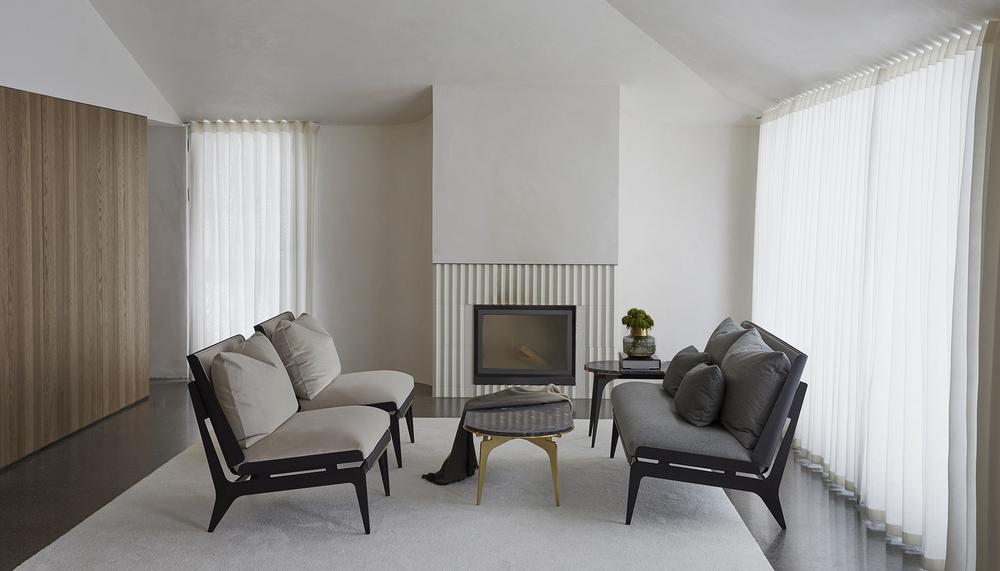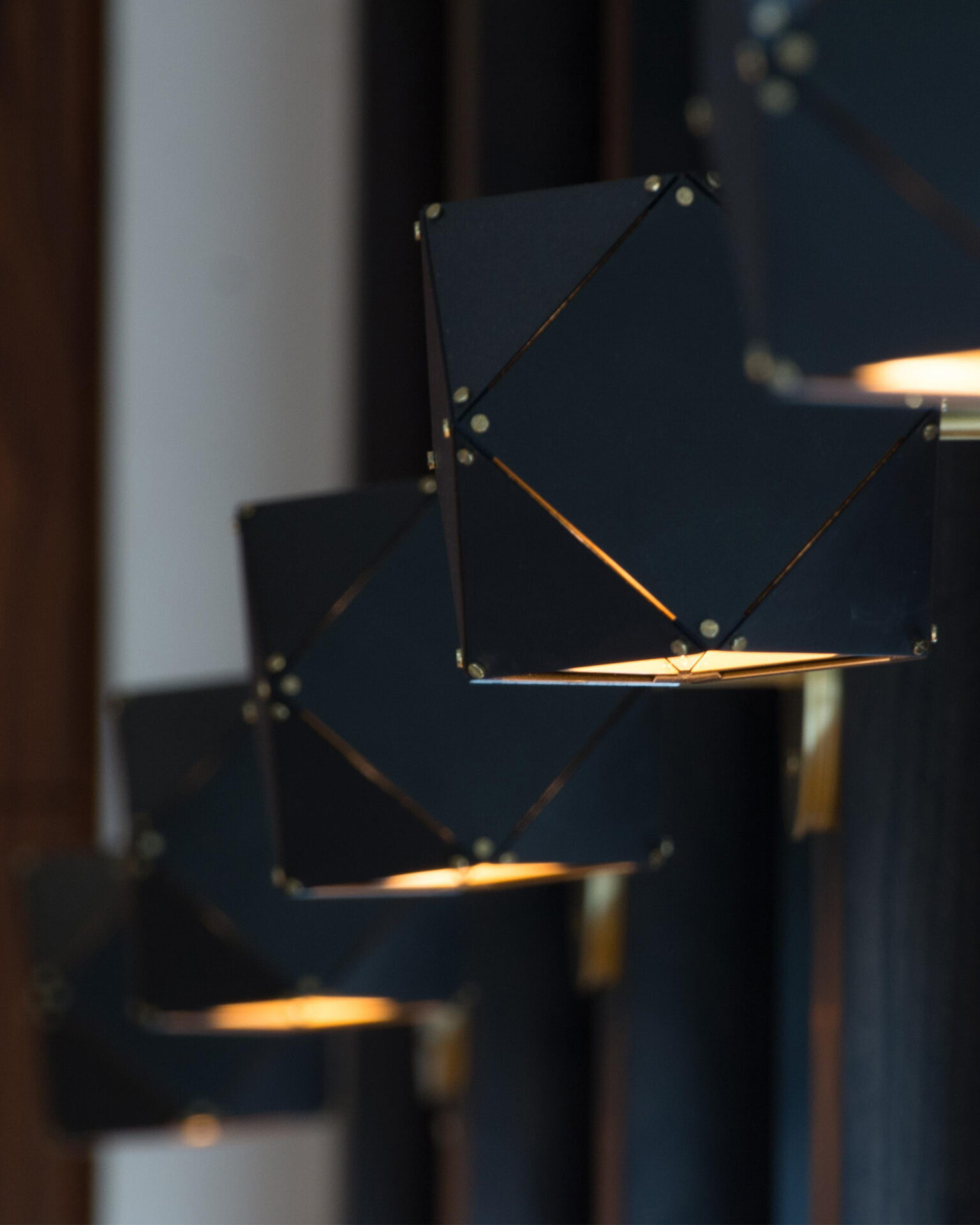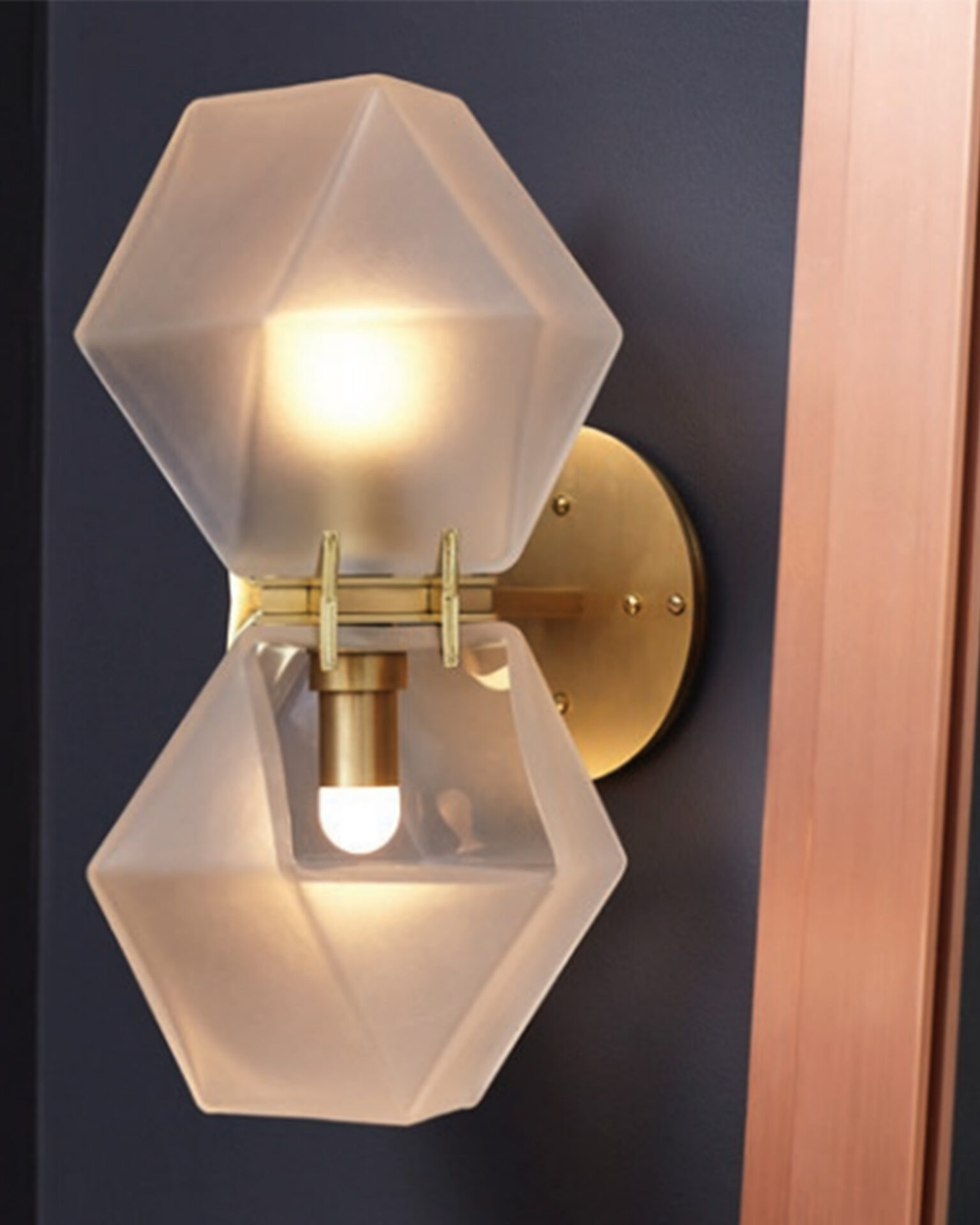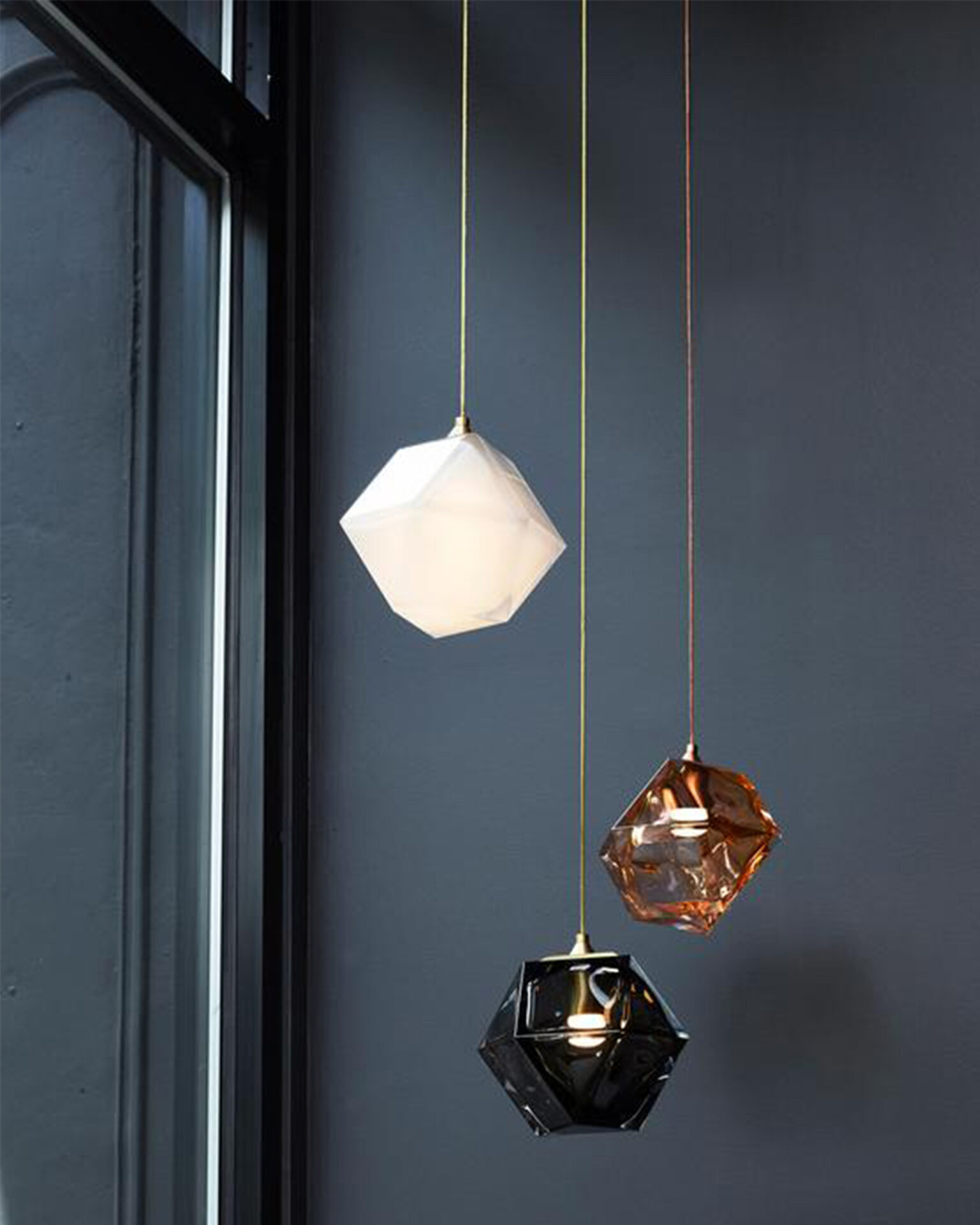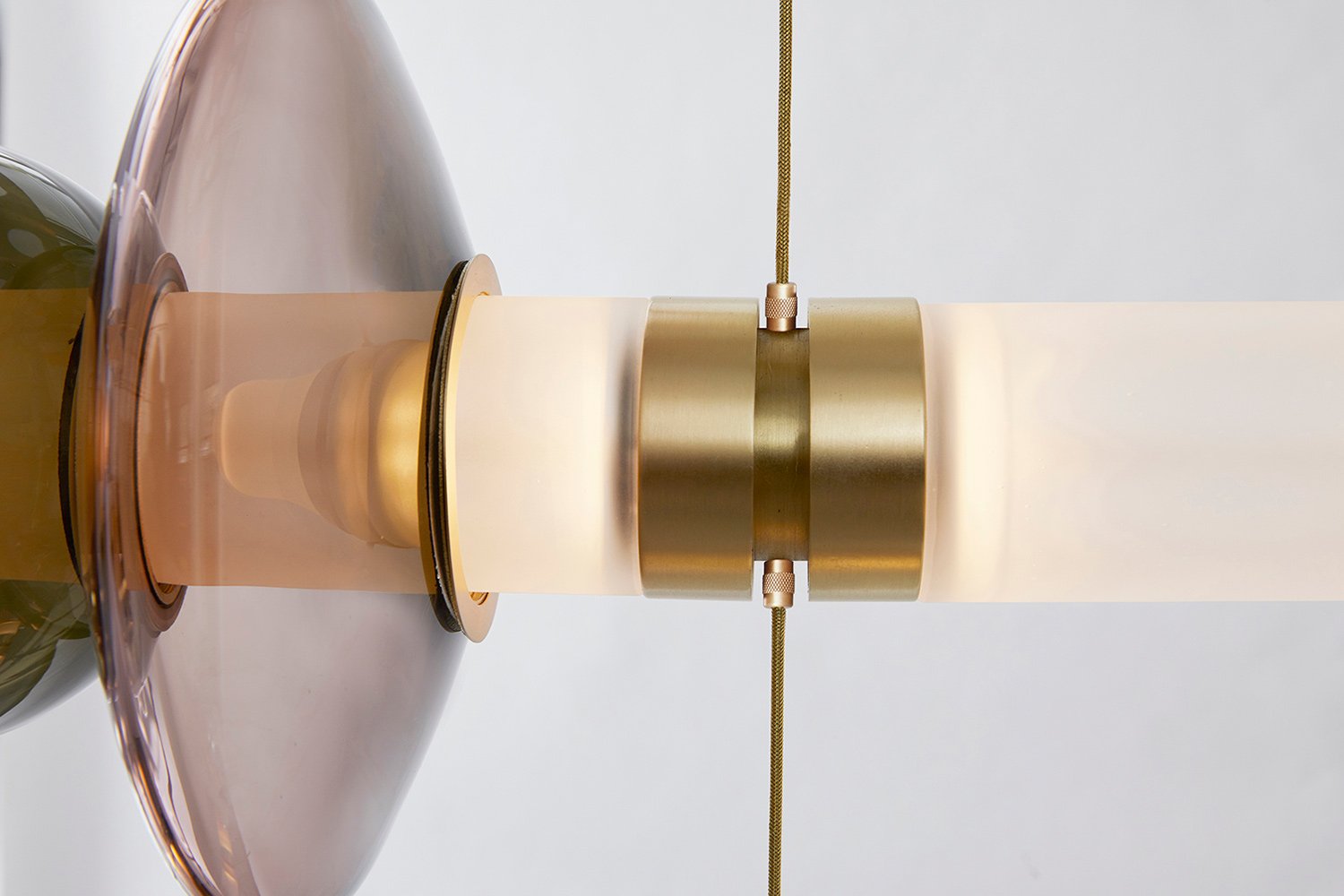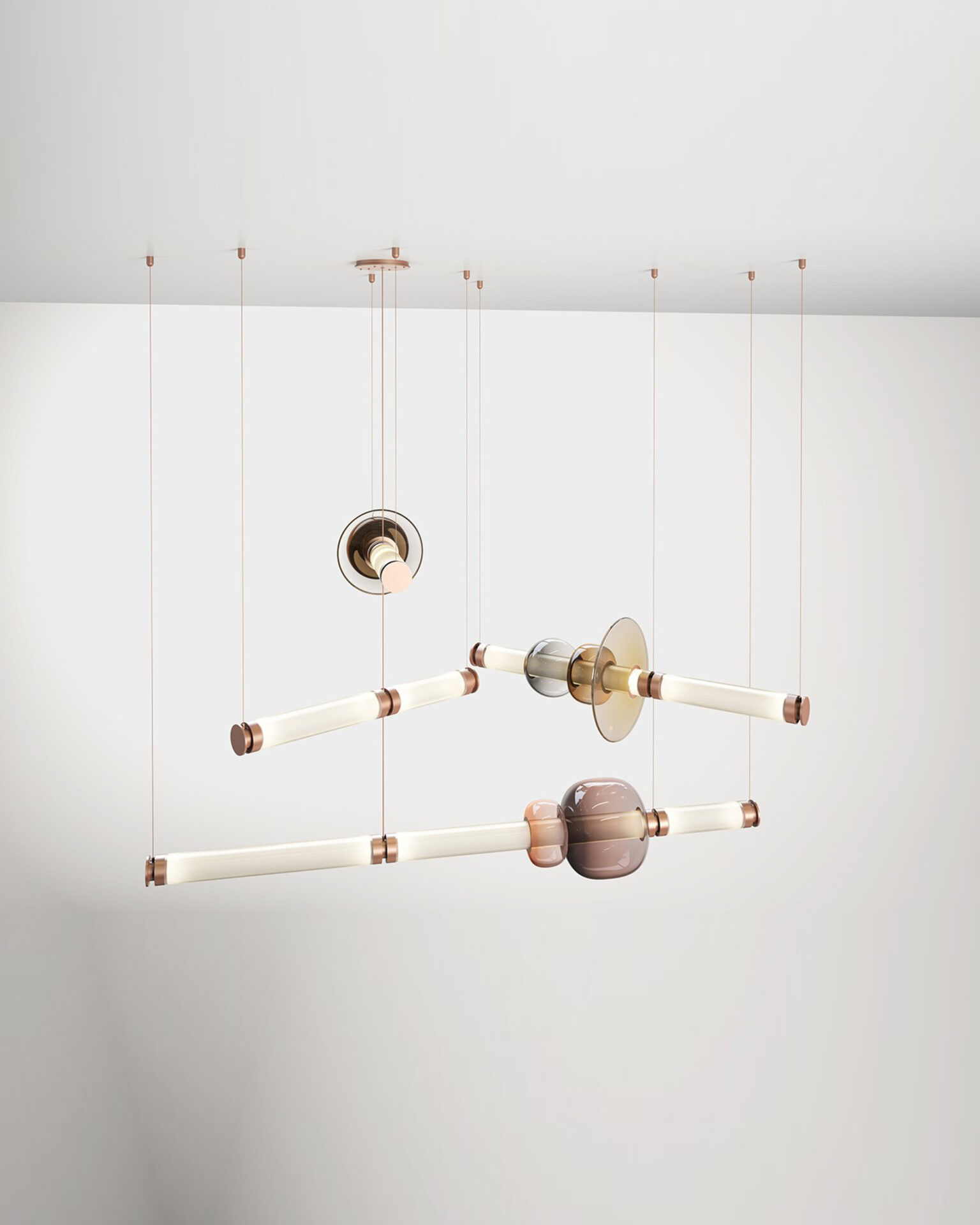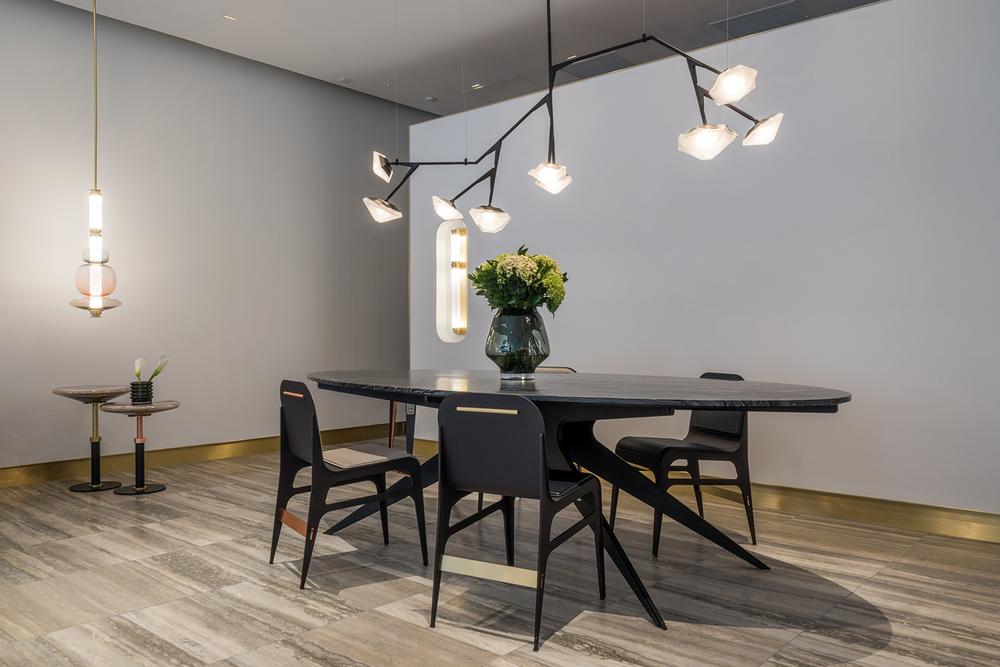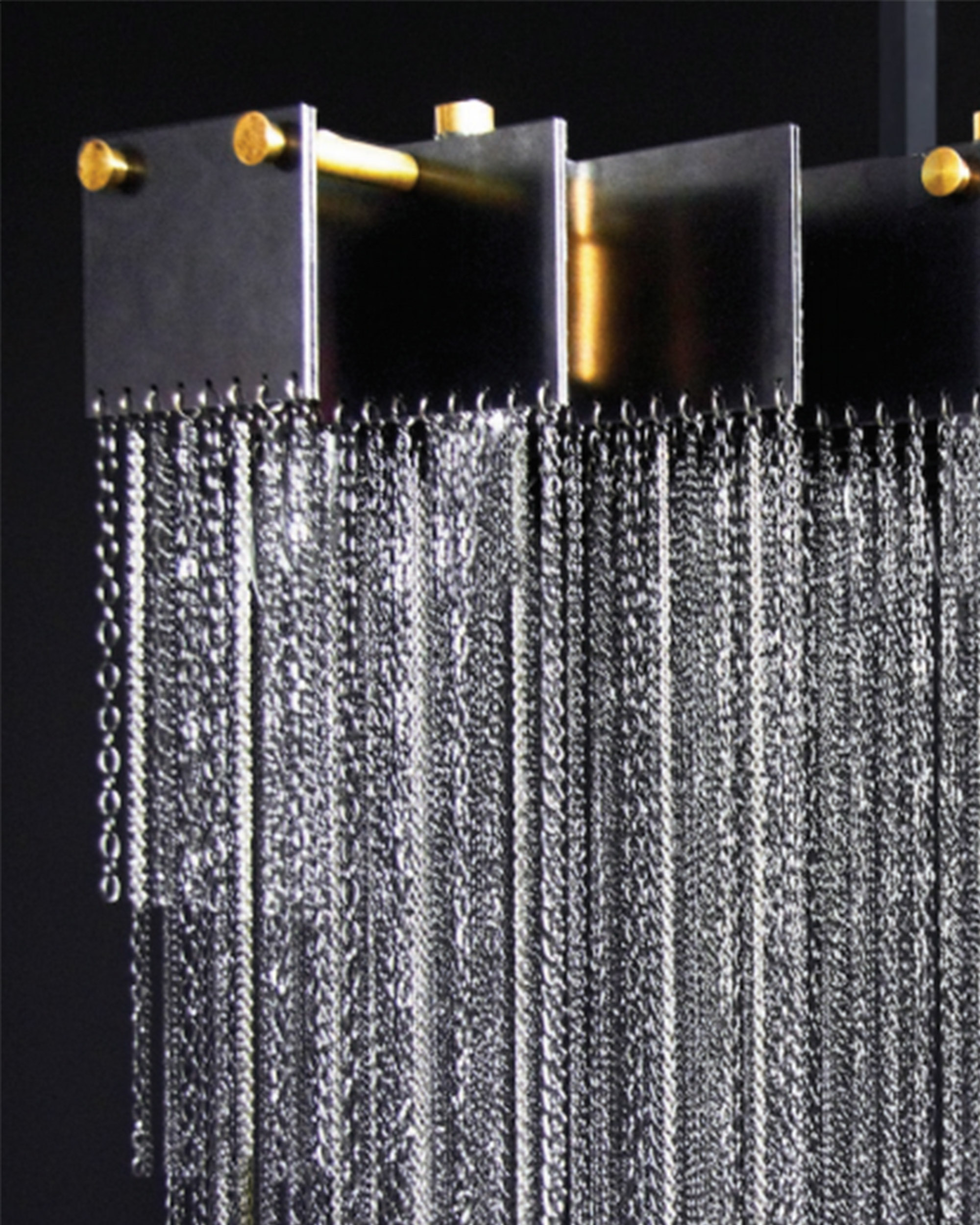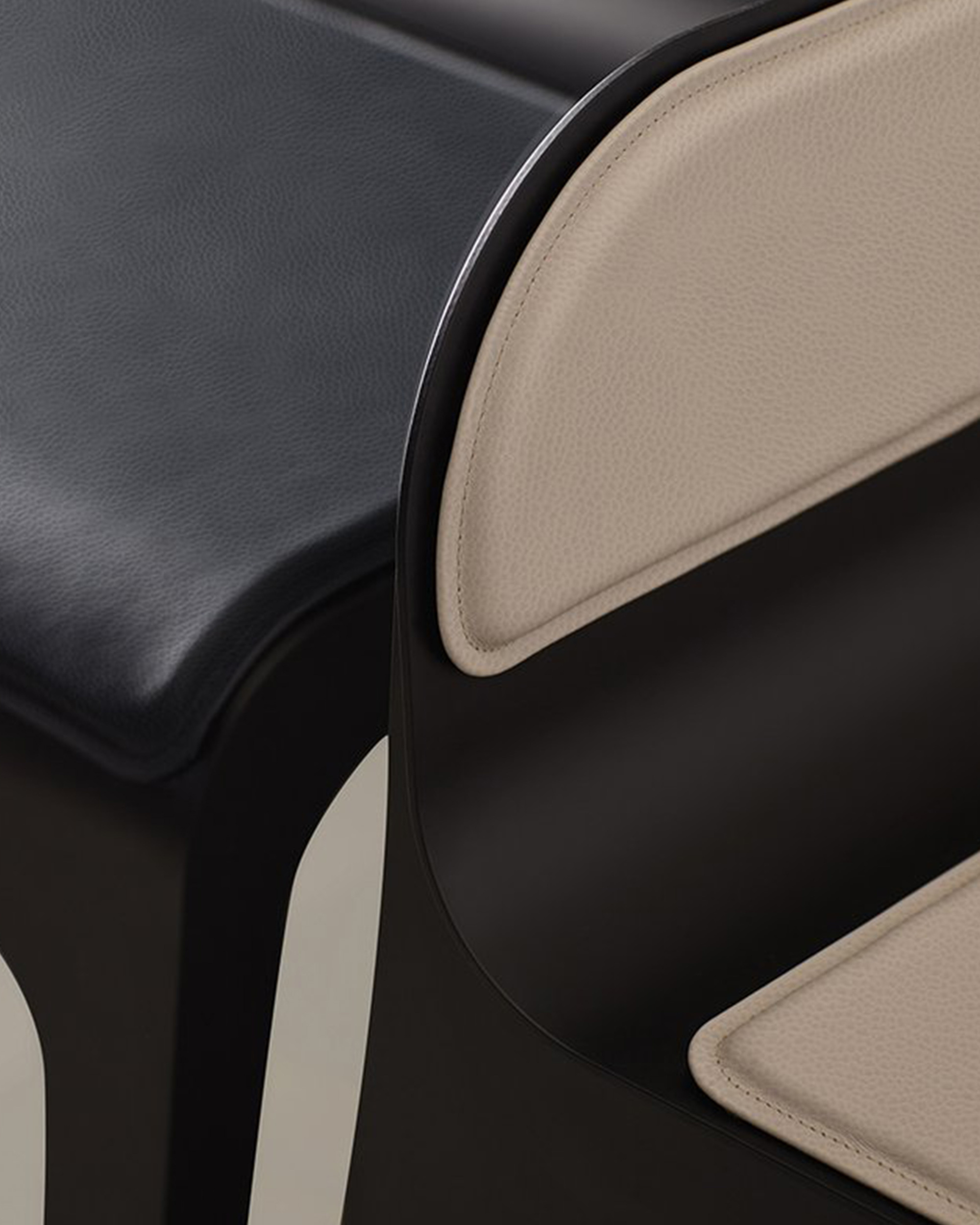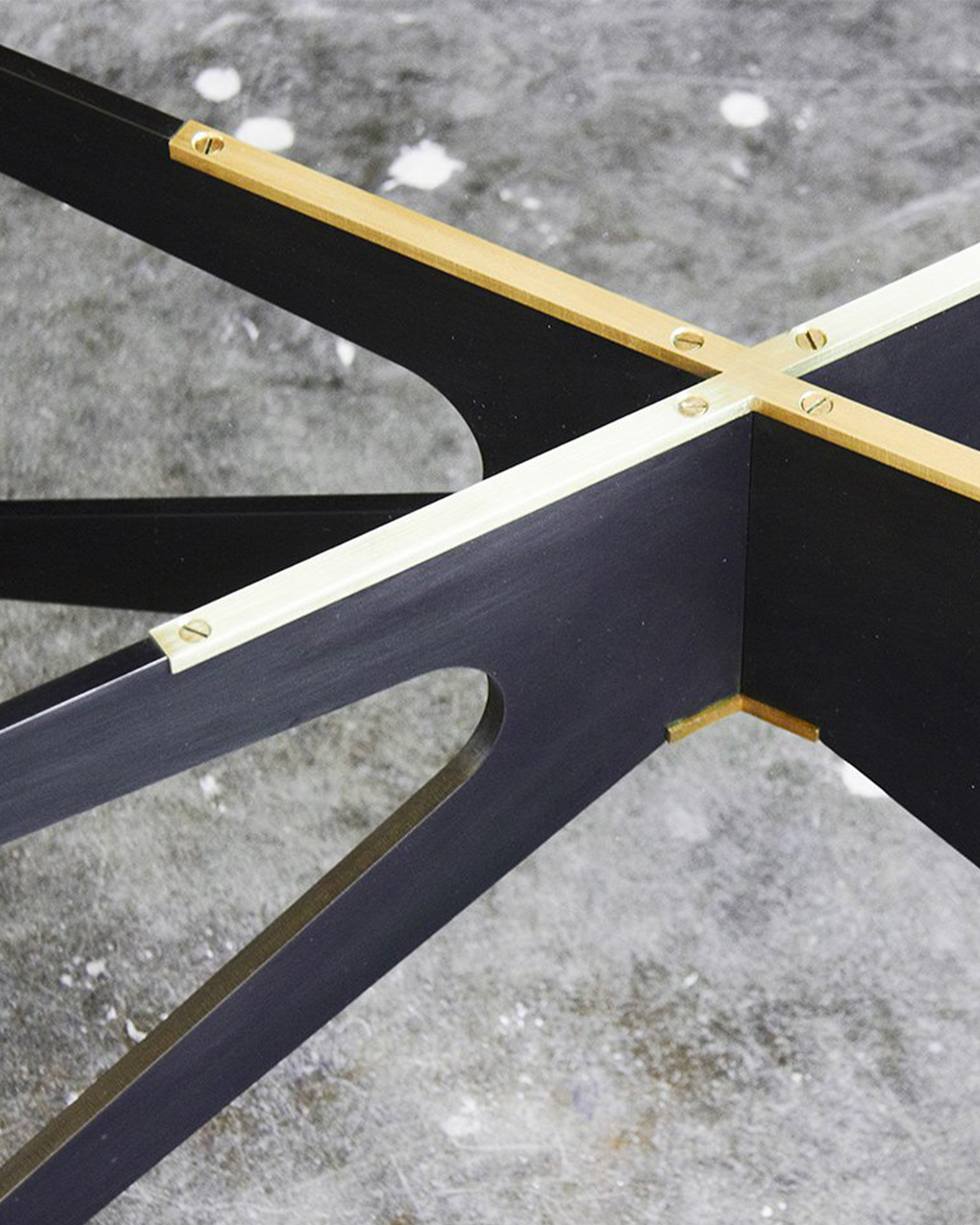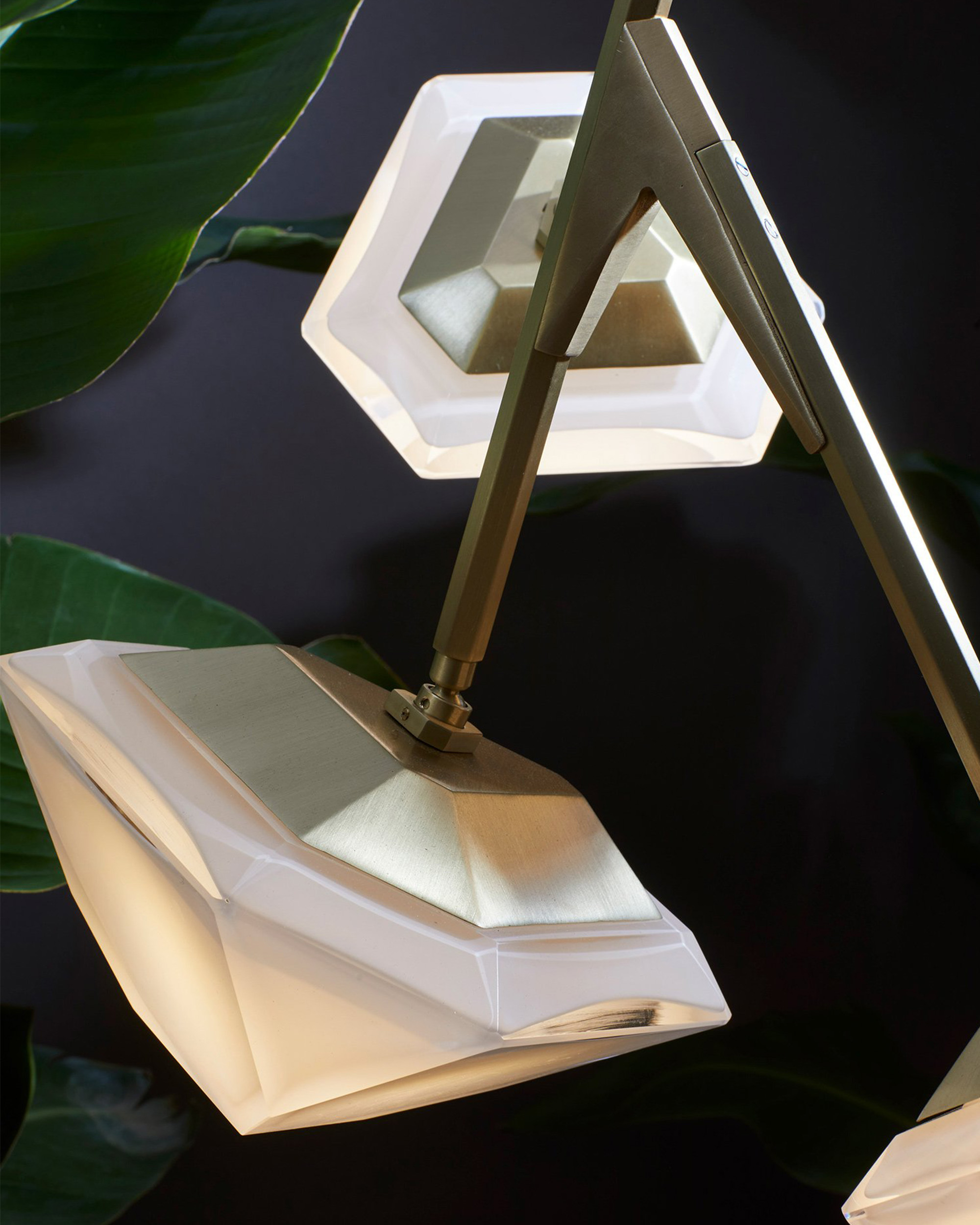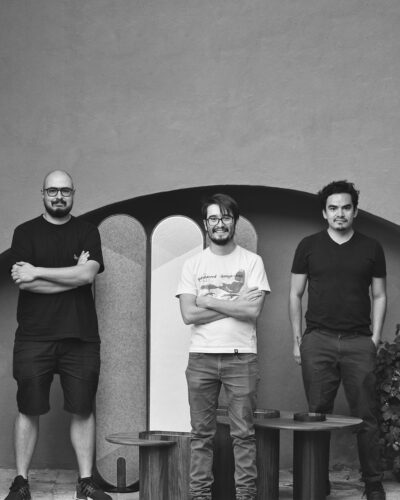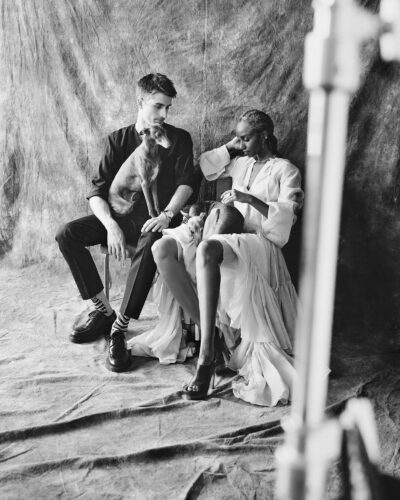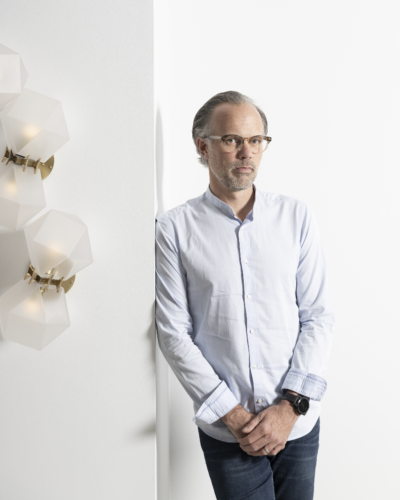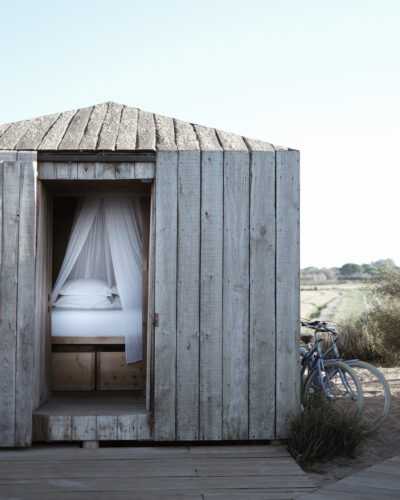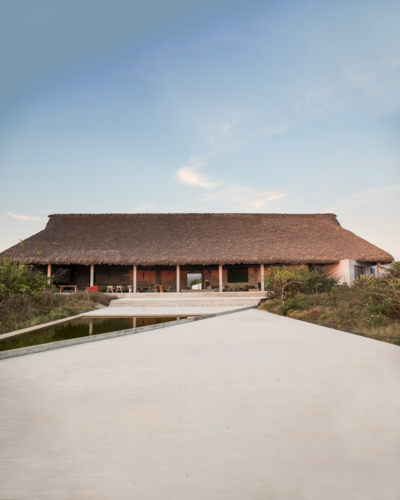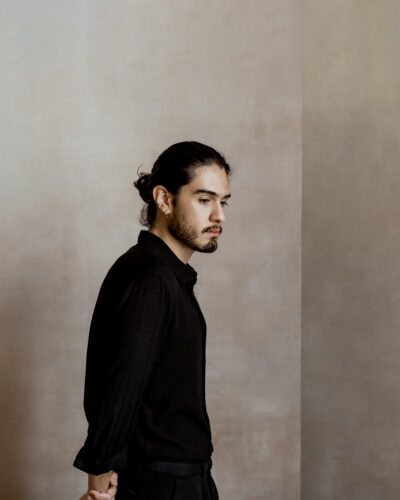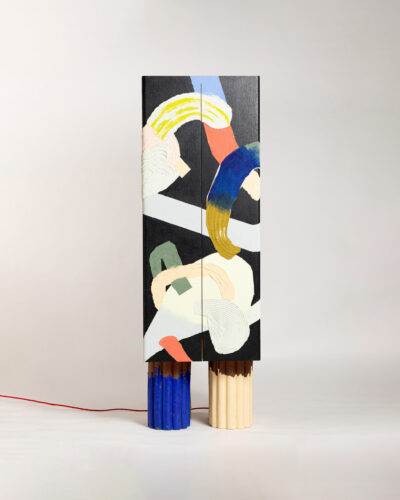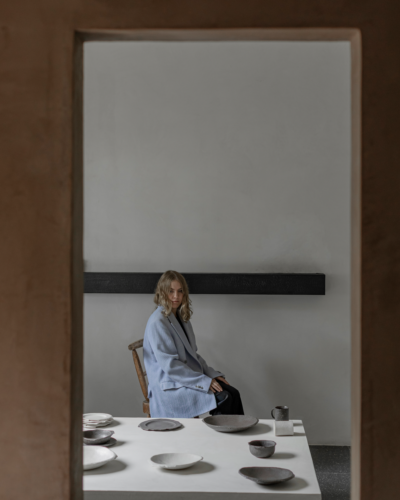“There are no direct influences [on my work] – my influences come from pure things, like geometry or materials” notes Richler, whose broad background in design has been built upon a strong foundation of mathematics and geometry, material and space. The late Alber Elbaz’s jewellery for the French fashion house Lanvin was an inspiration, as are the plump, intensely-coloured jewels by Italian jeweller, Pomellato.
Books on artists and designers, piled three or four high on the tables and consoles, are scattered throughout the Gabriel Scott showroom, revealing a little something about their maker. The immense scale and radical simplicity of Richard Serra’s sculptures; the gestural beauty of Pierre Soulages’ monochrome paintings; the playful take on functionality in Verner Panton’s designs. Richler’s origins in Canada, a country whose “design history is less mature” has afforded him a blank slate upon which he could discern good art, good design and good practice for himself – without being weighed down by its history or overwhelmed by its influence. With a multidisciplinary approach to design, Richler’s objects have a certain fluidity – speaking to nature and culture, industry and luxury, the body and the mind.
